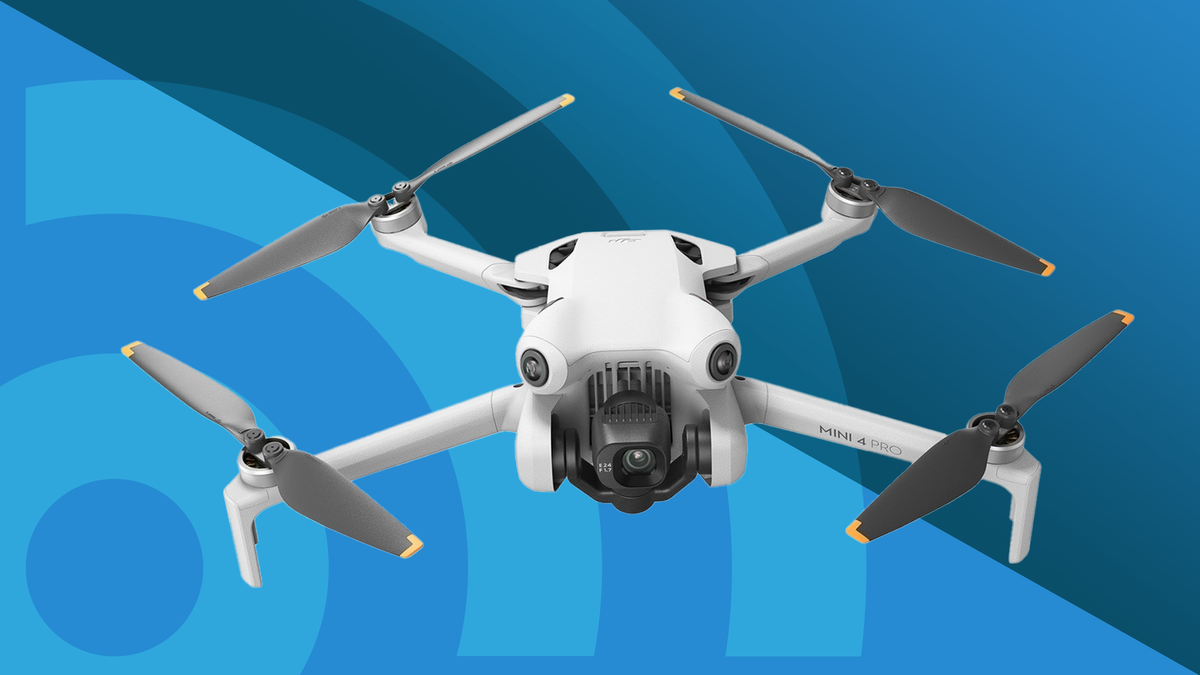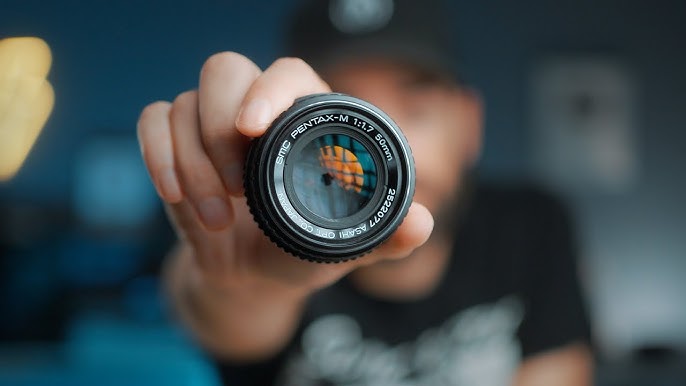Aerial photography has evolved dramatically in recent years, thanks to advancements in drone technology and the availability of high-quality camera systems.
Whether you’re an enthusiast, professional photographer, or simply someone who enjoys capturing breathtaking vistas from the sky, selecting the right aerial photography lenses is essential.
In this comprehensive guide, we’ll explore the key factors to consider when choosing lenses for aerial photography, along with some lens recommendations for various scenarios.
Understanding Aerial Photography Lenses
Focal Length and Field of View:
Focal length determines how much of the scene your lens captures. For wide-angle shots, opt for shorter focal lengths (e.g., 14mm to 35mm) to capture expansive landscapes. Telephoto lenses (e.g., 70mm to 200mm) are ideal for zooming in on distant subjects.
Lens Types
Different types of lenses serve distinct purposes in aerial photography:
Wide-Angle Lenses: Perfect for capturing sweeping landscapes and cityscapes.
Standard/Prime Lenses: Offer a natural perspective similar to the human eye.
Telephoto Lenses: Ideal for capturing distant subjects and wildlife.
Zoom Lenses: Provide versatile focal lengths for various scenarios.
Factors to Consider When Choosing Aerial Photography Lenses
Drone Compatibility:
Ensure that the lenses you choose are compatible with your drone’s camera system. Some drones have interchangeable lens options, while others have fixed lenses.
Image Sensor Size:
Aerial cameras come with varying sensor sizes. Lenses should match the sensor size for optimal performance. Full-frame lenses are ideal for drones with larger sensors, while APS-C lenses work well with smaller sensors.
Aperture:
Aperture affects the lens’s ability to capture light. Wider apertures (e.g., f/2.8 or lower) are advantageous for low-light conditions, while narrower apertures (e.g., f/8 or higher) provide greater depth of field.
Image Stabilization:
Aerial photography can be susceptible to vibrations and movements. Lenses with built-in image stabilization or drones with gimbal systems can help ensure sharper images.
Weight and Balance:
Consider the weight of your chosen lens and its impact on your drone’s balance and flight time. Balance is crucial for stable aerial photography.
Autofocus and Manual Focus:
Depending on your needs and drone’s capabilities, choose between autofocus and manual focus lenses. Some scenarios may require precise manual focusing.
Recommended Aerial Photography Lenses
DJI Zenmuse X7 (Lens Interchangeable):
Designed for the DJI Inspire 2, the Zenmuse X7 offers Super 35mm sensor quality and a selection of interchangeable lenses for cinematic aerial shots.
Sony FE 24-70mm f/2.8 GM:
This versatile zoom lens is suitable for capturing a wide range of aerial scenes, including landscapes, architecture, and cityscapes.
Canon EF 70-200mm f/2.8L IS III USM:
Ideal for aerial photographers who need to zoom in on distant subjects, such as wildlife or specific details in landscapes.
Sigma 14mm f/1.8 DG HSM Art:
A wide-angle lens with a wide aperture, perfect for capturing dramatic landscapes and night sky shots from the air.
Conclusion
Selecting the right lenses for aerial photography is a crucial step in achieving stunning results from your drone or aircraft.
Consider the type of shots you want to capture, your drone’s compatibility, sensor size, aperture, stabilization, and focus capabilities when making your lens choices.
By choosing the right lenses, you’ll unlock the full creative potential of aerial photography and take your images to new heights.









Leave a Reply